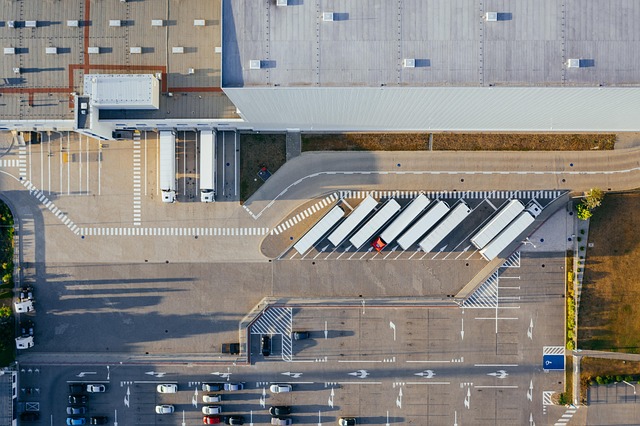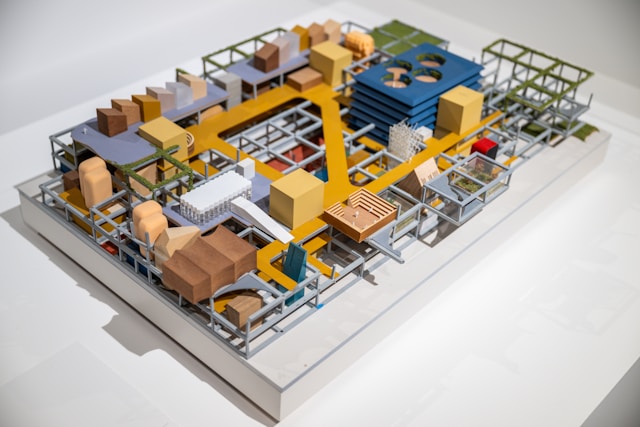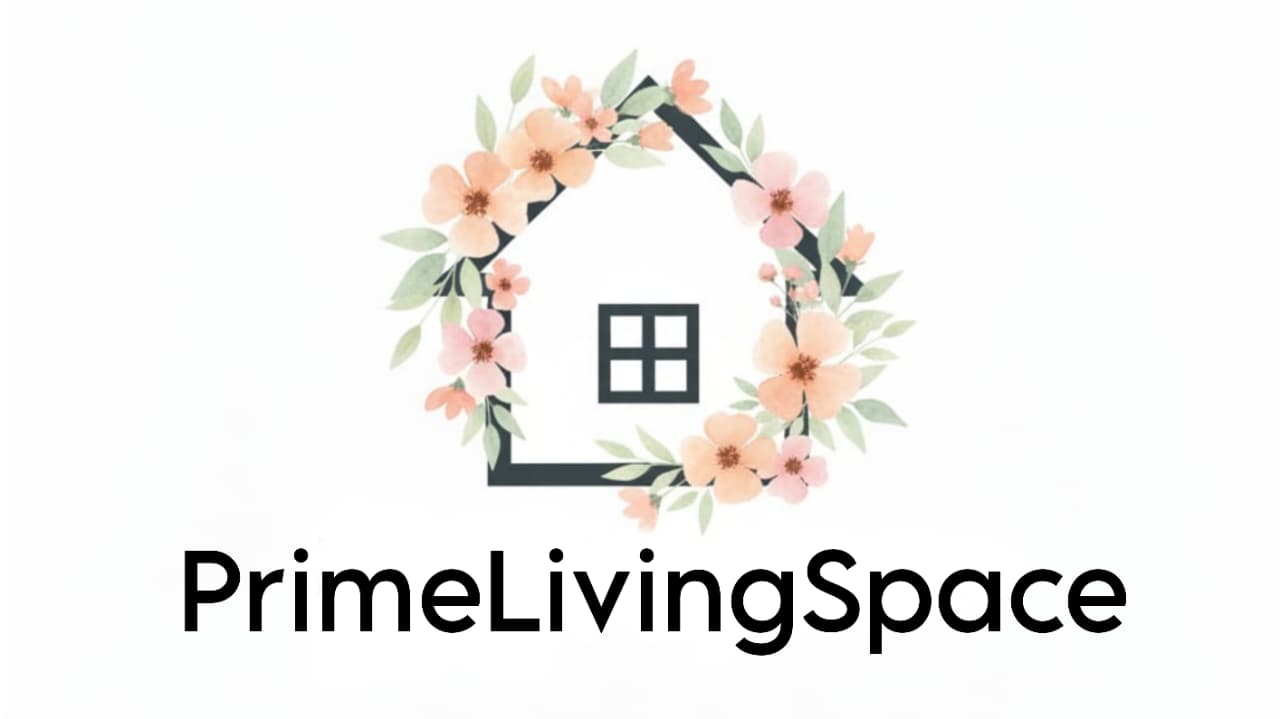
Choosing a construction site location is one of the most critical decisions in any building project, yet many developers and owners repeat the same errors that end up draining budgets and stalling schedules. In this article, we highlight four fatal mistakes people make when choosing a construction site location—mistakes that often lead to costly delays, compliance issues, and unexpected overruns.
When people search how to choose a construction site location, they usually find the same surface-level advice: check zoning, look for utilities, and confirm access roads. Those tips are useful but incomplete. The real project killers aren’t the basics you can spot on a checklist; they’re the hidden mistakes that silently drain budgets and push schedules off track. Industry research, audits, and field reports reveal that four recurring errors cause some of the costliest failures in site selection. Here are the four fatal mistakes you need to know before choosing a construction site location.
Mistake 1: Skipping Geotechnical and Environmental Due Diligence

On too many projects, owners rely on surface appraisals, outdated Phase I reports, or anecdotal reassurance from sellers instead of commissioning a proper investigation. Beneath the ground, however, lies the single biggest risk to construction budgets.
Unknown subsurface conditions like soft soils, hidden contamination, or high groundwater often emerge only after foundations are ordered or excavation begins. When that happens, teams face redesigns, dewatering, remediation, or deeper foundations. Each step compounds costs and delays.
Industry audits consistently rank inadequate site investigations as a leading cause of major overruns. Despite this, due diligence remains one of the most frequently overlooked steps in site selection.
Mistake 2: Ignoring Site Logistics and Constructability

Too often, parcels are chosen for their price or surface appeal without testing whether the site can actually support the mechanics of construction. This oversight creates some of the most expensive mid-project corrections.
Crane reach, haul routes, staging areas, and access for large vehicles like fire trucks are rarely verified during acquisition. In congested or urban infill locations, even a small miscalculation on crane radius or laydown space can ripple across the schedule.
The result? Double-handling of materials, traffic-control expenses, costly crane demobilizations, and restricted work hours. These aren’t just logistical nuisances; they directly erode productivity and inflate budgets. Contractor case studies repeatedly show that constructability errors are among the fastest ways to burn contingency funds.
Mistake 3: Underestimating Permitting, Zoning, and Entitlement Timelines

Permitting delays are one of the most invisible yet damaging risks in site selection. Many teams assume permits are formalities or copy generic timelines from other jurisdictions. In reality, permitting and entitlement processes vary widely by county and even by neighborhood.
Projects stall when local reviewers flag drainage issues, tree removals, or grading conflicts. Zoning overlays and conditional approvals often add unexpected requirements. While these hurdles might appear minor on paper, they trigger months of delay, increase holding costs, and sometimes force redesigns.
Reports from consulting firms and industry associations confirm that entitlement and permitting risks are underestimated more often than almost any other factor. What looks like a promising site on cost and location can quickly become financially unviable once these invisible timelines are factored in.
Mistake 4: Overlooking Flood, Climate, and Mapping Errors

One of the most dangerous oversights in site selection is trusting a single flood map or seller disclosure. FEMA maps, while authoritative, are often outdated or incomplete. They frequently fail to capture urban flooding patterns, storm surge, or projections of future climate conditions.
Developers who rely solely on outdated maps discover risks too late. Insurance premiums spike, regulators block approvals, or costly retrofits are required after construction begins. In some cases, lenders refuse financing once more accurate data surfaces.
Investigative reporting has repeatedly highlighted the pitfalls of overreliance on single-source flood data. Yet, many projects still fail to run multi-layer checks that combine FEMA, NOAA, local stormwater models, and climate projections. The result is exposure to risks that could have been identified in the earliest stages of site evaluation.
FAQ
What is the biggest issue in the construction industry?
The biggest issue is cost and schedule overruns, often caused by poor planning, labor shortages, and supply chain disruptions.
Which is an example of an error during construction?
A common example is improper concrete curing — if concrete isn’t cured correctly, it leads to cracks, structural weakness, and costly repairs.
What are design errors in construction?
Design errors are mistakes in architectural or engineering plans — like incorrect load calculations, missing drainage details, or misaligned dimensions — that require redesigns, rework, and added costs once construction begins.
What challenges might arise in collecting construction site data?
Challenges include inconsistent data entry, lack of real-time updates, limited internet access on-site, and difficulty integrating drone, sensor, and manual survey data into one system.
How to choose a site location?
Evaluate geotechnical conditions, zoning laws, utilities, accessibility, climate risks, and cost of land before purchase. Always run soil and environmental tests.
What are the 5 principles of site selection?
- Accessibility (transport, logistics, workforce reach)
- Utilities (power, water, internet, sewage)
- Zoning & permits (legal fit for project)
- Environmental & geotechnical stability (soil, flood, climate)
- Cost-effectiveness (land + long-term operating costs)
How to choose a building location?
Pick a site with safe soil, good access to transport, available utilities, compliance with zoning laws, and minimal environmental risks. Factor in long-term growth and maintenance.
What are the fundamental considerations in selecting a site location?
The fundamentals are safety (soil & flood risk), legal compliance (zoning & permits), cost (land + construction feasibility), logistics (transport & staging), and community impact (neighbors, regulations, incentives).
Final Takeaway
The most common mistakes in site selection don’t come from obvious oversights like ignoring price or utilities. They stem from skipping deeper investigations, underestimating logistics, misjudging regulatory timelines, and overlooking climate data. Each of these errors is avoidable, but when ignored, they have the power to derail even the most promising projects.
You may also like :
Why Cross-Platform App Development by Garage2Global Fails
How Long Does It Take to Build a Pool? A Complete Homeowner’s Guide



